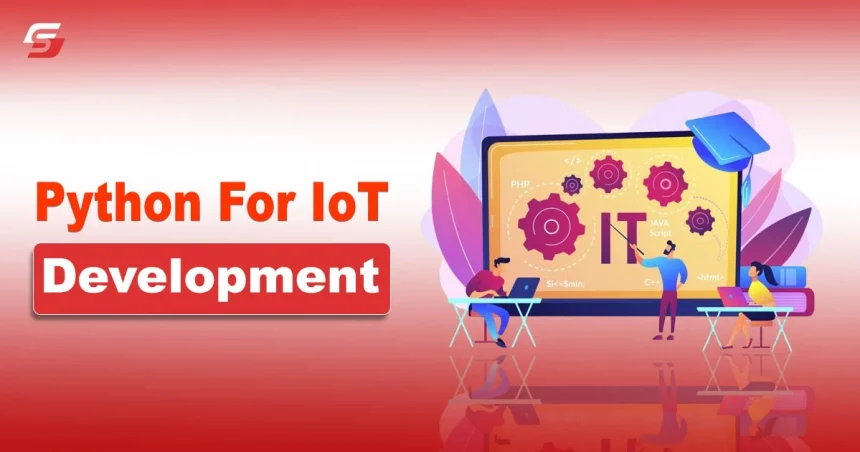Developers have spent the recent decades mastering new information, innovative software solutions, and creating algorithms. Often, when prototypes or real-life IoT systems need to be developed quickly, it requires two primary operations, programming the IoT device and building a backend that could interact with these devices.
Luckily, Python can help you with both these propositions, which means, that by employing it as your development language, you can program IoT devices quickly and efficiently.
Why the Internet of Things (IoT)?
Internet of Things (IoT) first came into inception in 1999. Although the implementation of this leading-edge technology commenced increasingly since the pandemic, it has significantly driven its market size, which statista predict could reach the $15.9 billion mark by 2023.
In layman’s terms, IoT allows you to use your phone to turn a light bulb on and off. Now, this tech has progressed to an intelligent electricity meter analyzing the readings of electricity consumption, uploading it to the cloud, automatically generating a monthly bill, and sending it to your email ids or phone numbers.
Across industries, IoT helps with streamlining processes and boosting their efficiency. IoT finds its usage and implementation in all user cases, from manufacturing to agriculture.
The Crowned Jewel of the Programming Languages: Python
Before you dig deeper into the advantages of Python as a programming language for IoT development and start looking around for a freelance Android developer, here are a few points to keep in mind. Python is a scripted language used in several areas, including artificial intelligence, games, microcontrollers, and IoT.
It is a multi-paradigm language, which means it can be for any number of web and product development services. Its general writing style assists with desktop and server applications as well.
In terms of learning and development, Python is considered easy to understand and practice, which makes it easy for developers to tackle bottlenecks and explore other opportunities. Initially, Python was employed as an object-oriented coding language, which allowed developers to script all sorts of extensions or embed them in other applications as well.
Today, Python is one of the most popular languages in the enterprise ecosystem. It is now being explored for its potential in artificial intelligence and machine learning.
Why choose Python in IoT?
The worldwide spending on the Internet of Things (IoT) indicates that it will lead to a new paradigm of development that will impact the consumers and industrial segments. The advent of IoT drives sensors and wireless technologies:
- to lower the cost of sensor integration
- to manage energy consumption
- to develop new forms of communication in the network
However, to achieve these propositions, you need to design, test, and develop IoT devices and constantly introduce innovative technologies. Therefore, IoT development companies have to regularly analyze the available tech stack, compare alternative solutions, and discover the best coding languages for IoT projects.
Compared to the other high-level programming languages, Python allows you to implement business logic straight at the base level. Using this coding language reduces the volume of data you have to deal with and ensures cloud nativity features.
Python can help fulfill all your business requirements, regardless of whether you are creating your project from scratch. You can efficiently study Python, fix errors, and start coding. As it is an interpreted language, you can easily change the file, making the processing and debugging faster than any other language.
Along with external libraries, Python also comprises specific IoT libraries called PyCharm. As a popular Python development environment, PyCharm makes it easy to supplement a library with an external file.


